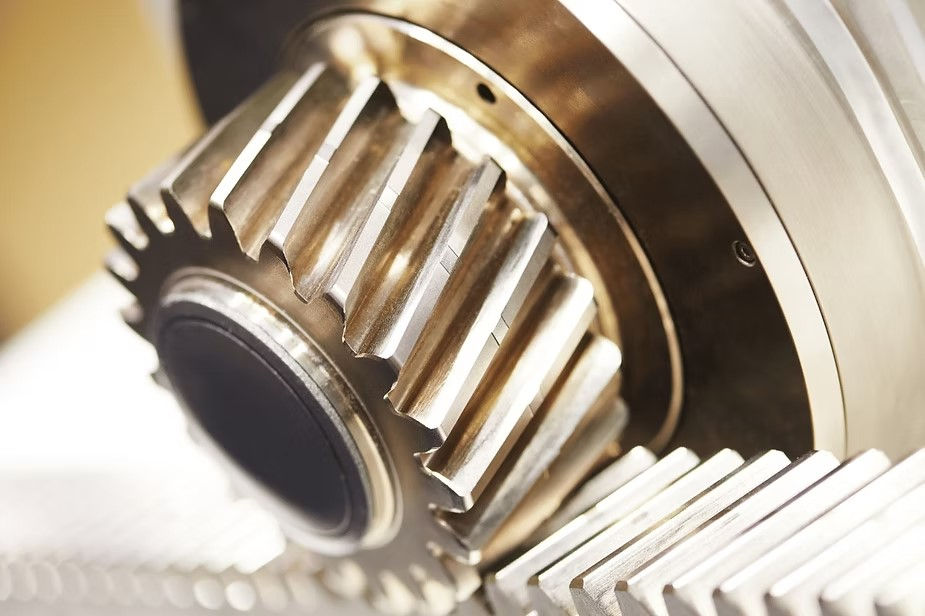Designing a Helical Gear.
- magsonssakhib
- Mar 31, 2023
- 2 min read

Designing helical gears involves determining the specifications of the gear teeth, including the tooth size, angle, and pitch, as well as the gear's dimensions and material properties. Here are some general steps for designing helical gears:
Determine the power and speed requirements of the gears: The torque, speed, and power requirements of the gears will affect the size, pitch, and tooth profile of the gears.
Choose the gear pitch: The pitch is the distance between adjacent teeth on the gear. The pitch determines the gear size and tooth strength, and it must be chosen carefully based on the gear's intended use.
Choose the gear angle: Helical gears have angled teeth that provide a smoother, quieter operation than straight-cut gears. The angle of the teeth is typically between 15 and 30 degrees, with 20 degrees being a common choice.
Calculate the gear tooth dimensions: The dimensions of the gear teeth, including the addendum (tooth height), dedendum (tooth depth), and clearance, can be calculated based on the pitch, angle, and gear diameter.
Determine the gear dimensions: The overall dimensions of the gear, including the diameter, width, and hub size, can be determined based on the required torque and speed, as well as the space available for the gear.
Choose the gear material: The material of the gear should be chosen based on its intended use, including the load, speed, and operating temperature. Common materials for gears include steel, bronze, and plastic.
Perform gear calculations and simulations: Once the gear specifications have been determined, it is important to perform calculations and simulations to ensure that the gear will operate correctly and meet the required performance specifications.
Designing helical gears can be a complex process that requires careful consideration of a range of factors. It is often helpful to use specialized software or consult with a mechanical engineer or gear manufacturer to ensure that the gears are designed correctly and will perform as expected.







Comments